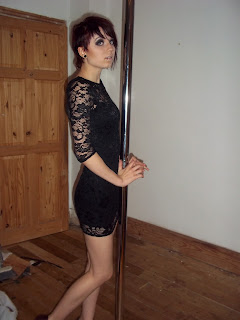Media is often presumed responsible for the growing stereotype of masculinity, the tough guise and violence.
Men feel they have to put on a tough guise to shield their vulnerability and be a ‘man’. There is a belief that masculinity means strong, tough, independent and respected, there is a pressure on boys and men to conform to this representation of what men should be like. If they differ from the stereotype they are labelled as a “wussy”, “soft” or “queer”.
The media are known to represent various ethnic backgrounds through a stereotype such as Latino men being portrayed as tough men and boxers:
Whilst Chinese men are portrayed as martial artists:
Even toys have taken on stereotypes the media enforce through gender representation. Male toys, such as G.I. Joe, have been seen to become more ‘masculine’, with them getting bigger, such as bigger biceps, and having weapons such as guns:
| original G.I. Joe |
| Newer G.I.Joe |
This parallels what was happening in films with men and their guns getting bigger and stronger. In addition female dolls have taken on another stereotype as they become smaller and more ‘girly':
 | ||||
| 70's girls doll |
| 2010 Christmas Barbie |
There is historical context to the changes that occurred. The Civil Rights movement opened up a new approach to parenting and relationships, with men becoming more attentive. However there was a backlash to this with comedians, such as Andrew Dice clay and Howard Stern, making offensive jokes about women attempting to discredit them. There was also a backlash following lesbian and gay rights with men acting out violently against them.
A stereotype urban, black, poor males are associated with is the tough guise. It is and image of violence and power, characterised as masculine by the media in films such as The Godfather which then influenced black males:
They follow the portrayal of masculinity as a performance to gain respect. This is now an example white, middle-class males have followed as they believe it is masculine and will earn them respect. This shows the importance of the masculine pose and it’s influence that has filtered down through the media.
The media is often seen as the cause for men acting out violently. The high school massacres in America were carried out by boys who feel they had been mistreated in school; in effect they were using violence as a way of trying to gain respect.
However, violence can be seen as part of ‘normal’ culture. Many sports, although encouraging teamwork, are aggressive and often become intimidating; males earn respect by disrespecting another. For example, wrestling is often violent in and out of the ring and involves the stereotypical big and muscular men.
However, violence can be seen as part of ‘normal’ culture. Many sports, although encouraging teamwork, are aggressive and often become intimidating; males earn respect by disrespecting another. For example, wrestling is often violent in and out of the ring and involves the stereotypical big and muscular men:
Guns are also associated with violence and are a prop men use; it is a dominant and sexual interpretation of masculinity. This links in with sexualised violence, often seen in pornography or horror films. Crime rates for offences such as rape and domestic violence are increasing and are dominated by male perpetrators. In addition men are frequently ‘binge drinking’ and drink driving.






































